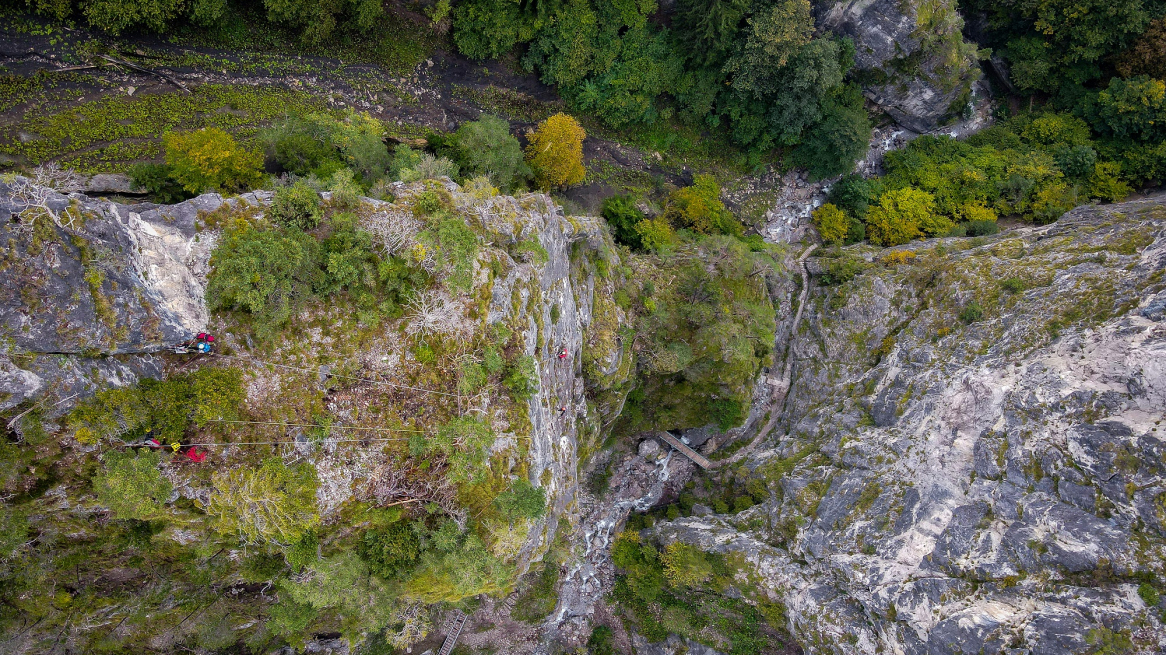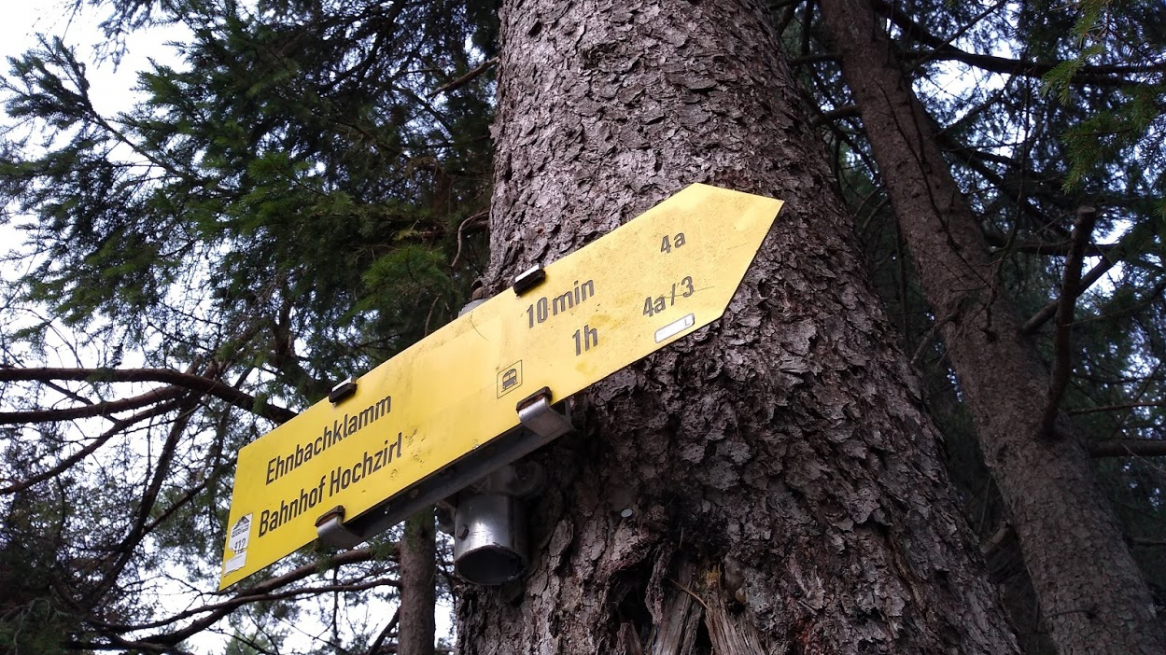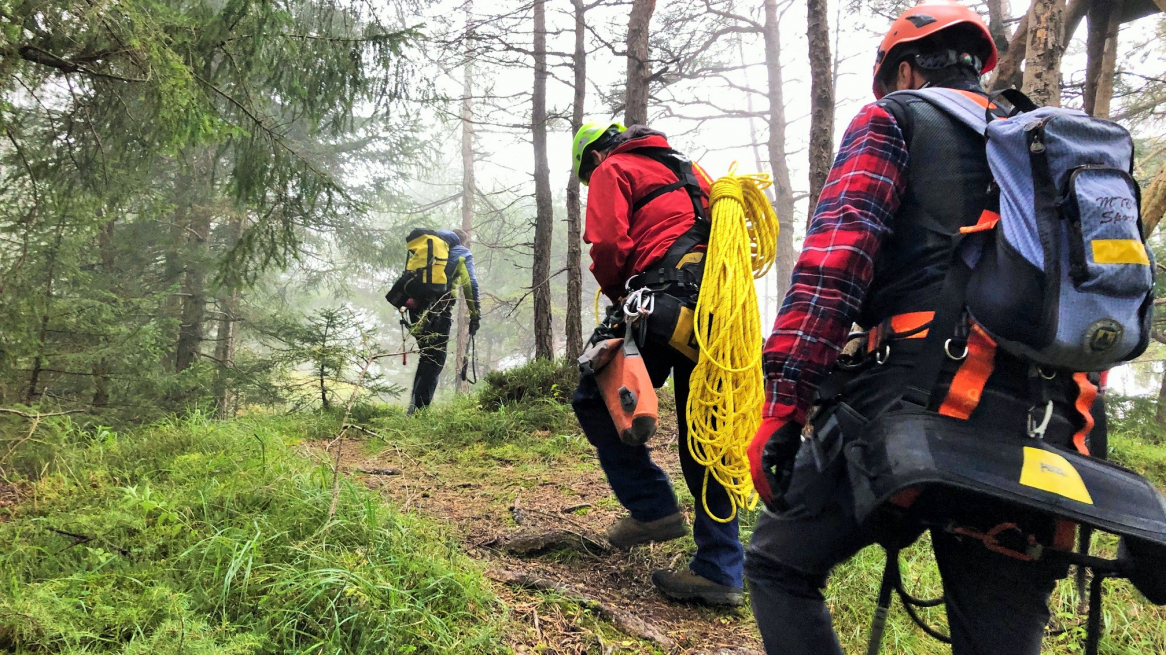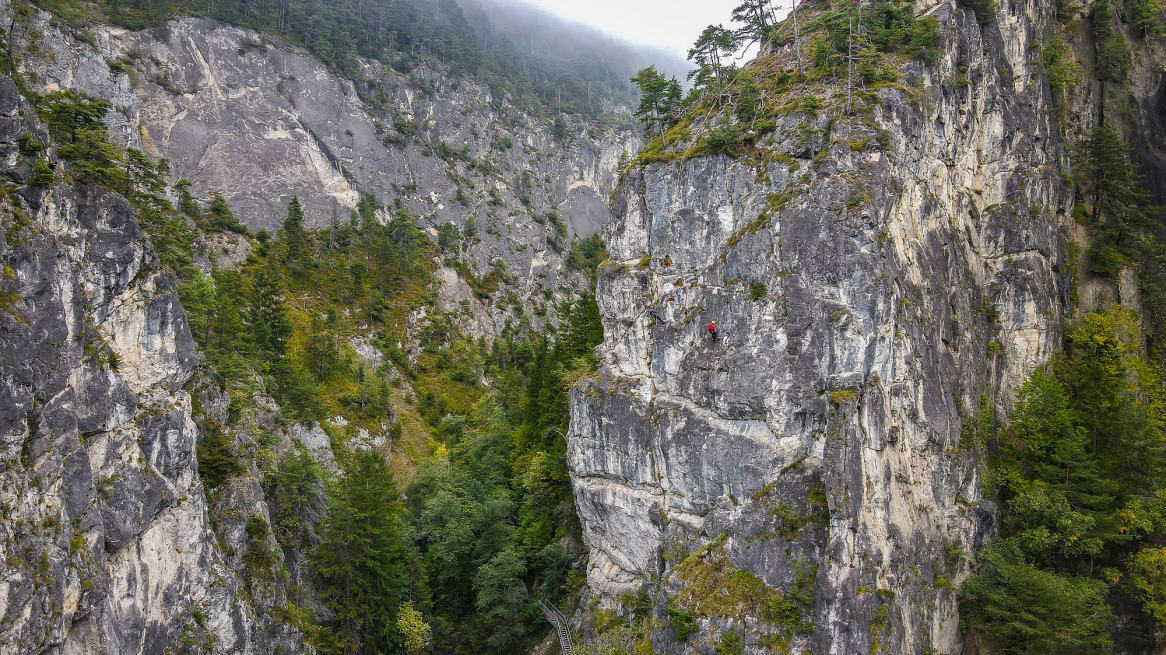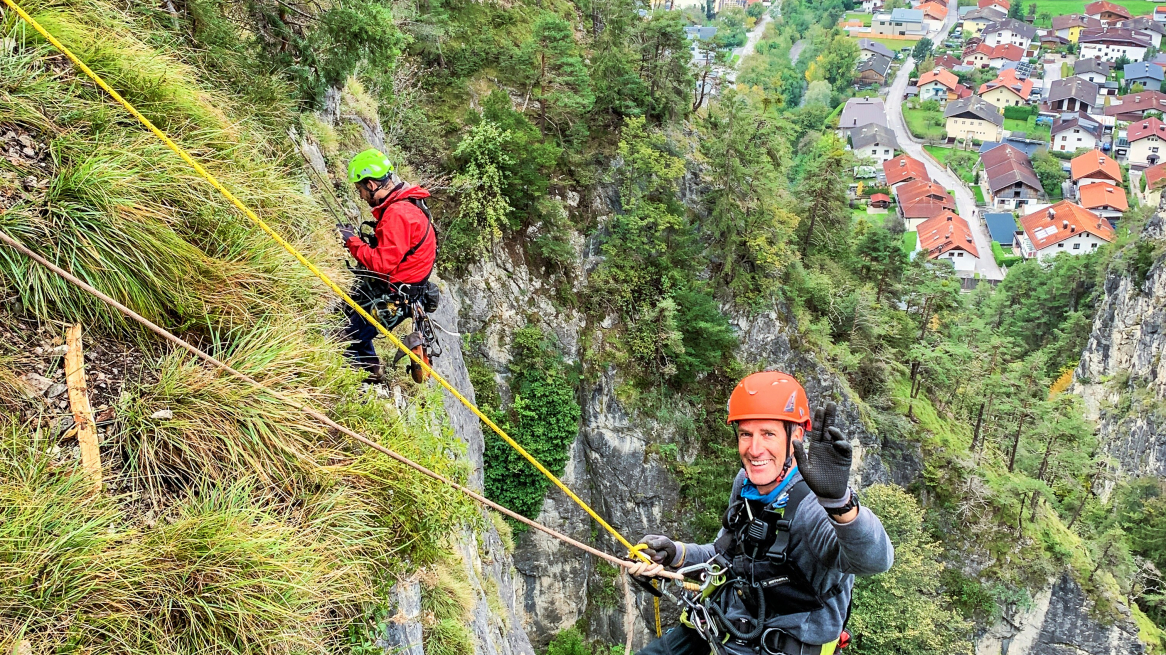Similar articles
"If the bee disappears from the earth, humans will only have four years to live. No more…
The first time I met Isobel Cope, I was halfway through presenting my radio show Sensations in…
Click. A privacy policy like this is accepted in no time at all. Click. And the computer…
Peruvian-born Sandra Chamochumbi Castro is a member of the Limonada Dance Company, newly founded…

